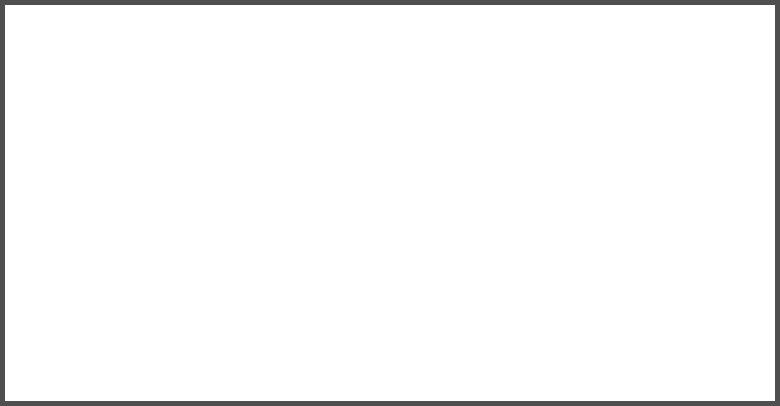


specialmakeupeffects
materials
A list of some materials to use for 'Special Makeup Effects'
Gelatine
A material used for directly applied casualty effects and for making prosthetic pieces.
Prosthetics
An artificial body part, for example, an artificial limb, eye, ear and so on.
Latex
A natural rubber in milky-white foam, available in varying densities. It is used for creating wrinkles in ageing make-up; in casualty effects, for peeling skin an in making bald caps and filling moulds in prosthetics.
Foam Latex
This is a four-or five part latex compound, which is whisked to a foam in food mixer. The foam is poured into cold moulds and cooked in an oven to produce foam latex prosthetic pieces.
Scar Plastic
A material in tube form used for modelling scars and the like directly onto the skin.
Sealer
A material used on top of wax, nose putty and prosthetic pieces before applying makeup.
Spirit Gum
The adhesive most commonly used in attaching wigs, beards, moustaches, bald caps and the like.
Bruise Wheel
A wheel that contains oil colours such as purple, yellow, brown that is used for making bruise effect.
Fresh Scratch
Thick scar blood mostly used for casualty effects.
Blood
There are different types of blood in order to use on different parts of the body like mouth, face and body, and eyes depending on the effect.
Modelling Wax
Sometimes modelling a feature with light and shade is not dramatic enough
and a three dimensional effect is needed. In such situations, ‘putty’
or ‘wax’ can be used to change the shape. Wax can also be used
to build up any area of the body provided that there is not much movement
of the underlying muscle. The most effective areas for wax to be applied
are places such as the cheekbones, chin forehead, etc.